Although most non-Jamaicans think of it as a single island in the Caribbean, Jamaica consists of 28 separate islands — called cays — many of which consist of little more than grassy sandbars or coral outcroppings.
Jamaica’s actual borders rest 200 miles from shore around the main island.
Except for Sandals Cay, most of these islets host seasonal anglers and serve as nesting sites for turtles and seabirds.
Whether you wish to make an extended visit to Jamaica after having vacationed here, desire to repatriate after emigrating elsewhere, or become a permanent resident or citizen, take stock of some vital facts before taking action.
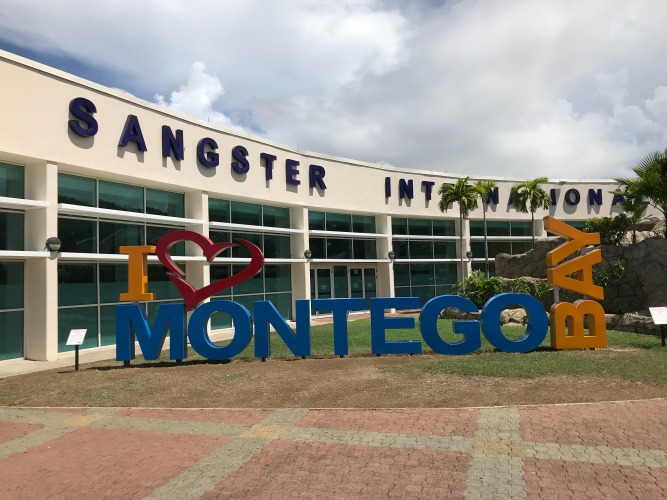
Contents
- Pros of Living in Jamaica
- Cons of Living in Jamaica
- Pros and Cons of Living in Jamaica – Summary Table
- Jamaica Safety Overview
- Frequently Asked Questions
- How safe is Jamaica?
- How much do Jamaicans pay when they go to public hospitals and clinics?
- How many bird species will you find only in Jamaica?
- Which two official taxi services can you safely use in Jamaica?
- What Jamaican foods should you try while visiting or living here?
- Which musical genres will you experience in Jamaica?
- Do you need a fishing license to fish from shore using a pole and line in Jamaica?
- What is the fine for fishing without the correct license?
- When did Jamaican artists take control of how ordinary and when to portray Jamaican people and daily life in their work?
- How many full-service emergency care centers will you find in Jamaica?
- Do Jamaicans pay for primary school?
- What costs frequently lead lower-income Jamaicans to drop out of secondary school?
- How does high youth unemployment affect Jamaican life?
- What natural wonders should every visitor to Jamaica make an effort to see?
- What types of fish inhabit Jamaican waters?
Pros of Living in Jamaica
1. Natural Wonders
Visit Dunn’s River Falls, near Ocho Rios in St. Ann’s parish, which features powerful, dome-shaped waterfalls with nearby thermal springs and limestone caves.
YS Falls in Montego Bay features seven cascades, or you might enjoy diving along the coral reefs of Marine Park instead.
Enjoy Half Moon Beach or Seven-Mile Beach in Negril, Glistening Waters Lagoon in Falmouth, or take a hike in the Blue Mountains, whose 2,256-meter or 7402-feet peak reaches a similar height to the Cascade Mountains in Oregon, at Crater Lake.
2. Strong Arts Community
Jamaicans wrested control of their art community in 1930 when they began highlighting ordinary Jamaican contributions to the nation’s art heritage rather than focusing exhibits on European artistic standards.
Finally, Jamaican “faces, places, and concerns” entered the galleries, allowing Jamaica’s people to see themselves and their daily lives represented as valid artistic subjects.
The National Art Gallery, Liberty Hall, The Bob Marley Museum, the National Gallery of Jamaica, and the People’s Museum of Craft and Technology are all in Kingston.
In addition, you will find the Gallery of West Indian Art in Montego Bay.
3. Music
Jamaica’s musical heritage includes mento, reggae, ska, calypso, gospel, and dancehall/DJ.
Jamaican musical artists include Harold Richardson, Sugar Belly Walker, Baba Motta, the Honourable Byron Lee, Count Ossie Williams, Don Drummond, Millie Small (My Boy Lollipop), and the more well-known worldwide Jamaican artists Bob Marley and Shabba Ranks.
4. Simple Political Subdivisions
The land area of 4181 square miles on Jamaica’s primary island makes it a bit smaller than Connecticut.
Jamaica has three counties — Cornwall, Middlesex, and Surrey — divided into 14 parishes.
Kingston, Jamaica’s capital, is an entire parish by itself.
Counting everyone in the Kingston Greater Metropolitan area, the parish has 595,000 people.
Along the North Coast, you find the parishes of Hanover, Saint James, Trelawney, Saint Ann, Saint Mary, and Portland. Along the South Coast, from West to East, you visit Westmoreland, Saint Elizabeth, Manchester, Clarendon, Saint Catherine, Saint Andrew, and Saint Thomas.
Kingston Parish lies south of Saint Andrew.
5. Healthcare
Since April 1, 2008, Jamaicans have not had to pay for doctor’s exams, prescription medications, diagnostic services, family planning, hospitalizations, physical therapy, immunizations, prenatal care, dialysis, chemotherapy, or radiation treatments provided at public hospitals and health centers.
6. Jamaican Cuisine
From ackee and saltfish to curried goat, Bammy, oxtail stew, Toto, and Jamaican black cake, everyone will find something to enjoy on their plate.
Wash down these cultural heritage dishes with the national sorrel beverage, Blue Mountain coffee, or rum punch.
Toto, a simple cake once made from coconut, molasses, and flour, now uses sugar, nearly a pound of butter, and two eggs.
Traditional Jamaican Black Fruit Cake, served at Christmas, requires wine-soaked raisins, cherries, papaya, dates, prunes, eggs, molasses, sugar, vanilla, and rum.
Once baked, most cooks brush additional wine or rum over the cake to keep it from drying out before Christmas Day.
Make Bammy from the shredded, well-drained, rinsed cassava root, coconut milk, and salt cut into quarter-rounds and served with fried fish.
7. Birds and Wildlife
Jamaica’s national bird, the red-billed streamertail, also known as the doctor bird, belongs to the hummingbird family.
Find it along the Morant River in Eastern Jamaica.
In total, 28 species of bird found only in Jamaica include yellow and black-billed parrots, the Jamaican and the Blue Mountain vireo, the Crested Quail-Dove, Ring-tailed Pigeon, and the Chestnut-Bellied and Jamaican Lizard cuckoos, among others.
You may see the endangered West Indian manatees along the coastline.
Conservationists also protect the sea turtles that nest on Jamaica’s smaller islands.
However, Jamaica does have crocodiles, found mainly along the Southern Coast.
Unlike the broad-snouted alligator, crocodiles have narrower snouts and live in saltwater marshes rather than fresh water.
8. Fishing
Both blue and white marlin inhabit Jamaica’s coast.
In addition, you can also catch barracuda, amberjack, King mackerel, grouper, mahi-mahi, tuna, wahoo, and flounder.
Shore fishing with a line and fishing on a private pond on a single property are the only two types of fishing that do not require a license.
All others must carry the appropriate fishing license on their person or face fines of up to $10,000.
9. Free Public Primary School
All Jamaican children aged six through 12 receive a free, compulsory public education.
Secondary students, however, pay for uniforms and teaching materials, plus registration, examination, and school maintenance fees.
Additionally, transportation costs and school lunches place an undue burden on lower-income Jamaican families.
Cons of Living in Jamaica
1. Limited Economic Diversity
Tourism, financial services, and mining dominate the economy.
In addition, diversification efforts have faced severe challenges, ranging from the effects of hurricanes and earthquakes to the imposition of travel restrictions during the pandemic.
Tourism’s share of the economy fell to 12 percent of its GDP in 2020 due to the Covid-19 pandemic.
Previously, tourism represented 35 percent of Jamaica’s economic value.
2. Public Safety
As late as 2018, Jamaica’s homicide rate of 43.85 per 100,000 people was the second-highest in the world.
Since then, unfortunately, Jamaica’s homicide rate has surpassed El Salvador to become first in the world.
Of those murders, seventy percent occurred due to gang activity.
In addition, one-fifth of Jamaicans live as squatters on public land.
Furthermore, high youth unemployment and limited job opportunities contribute to property crime.
3. Disparities in Employment
The country’s 6.2 percent unemployment rate conceals some significant disparities.
Although adult male unemployment fell to 4.8 percent in 2022, female unemployment only fell to 7.9 percent.
In addition, the country’s youth unemployment rate is 17.7 percent as of January 2021.
4. Limited Emergency Medical Infrastructure
Despite its generous medical benefits to its citizens, Jamaica has only two locations with comprehensive emergency medical centers: Kingston and Montego Bay.
Prescription drug availability and ambulance services in rural parishes leave patients frustrated.
If your emergency requires emergency evacuation to the United States, expect to pay up to USD 20,000 for the trip.
5. Public Transportation Limitations
Jamaica’s public transportation options include taxis, buses, and rental cars.
The poor condition of Jamaican roads and the necessity to drive on the left make rental cars risky for U.S.-born drivers.
Instead, after negotiating the cost of your ride, use a taxi operated by one of the two official taxi services: the Jamaica Union of Travelers Association (JUTA) or Jamaica Co-operative Automobile & Limousine Tours (JCAL).
Although buses cost less than taxis, their unpredictable schedules and their safety records make them a less palatable solution.
6. Hurricanes
Hurricane Elsa, which had downgraded to a tropical storm by the time it hit Jamaica on July 3, 2021, caused extensive flooding.
Heavy rains brought by then-Tropical Storm Zeta caused landslides, left storm drains filled with silt, blocked roads, and induced cracks in asphalt.
Hurricane season lasts from June 1 through November 30, although most hurricanes in Jamaica occur between August and September.
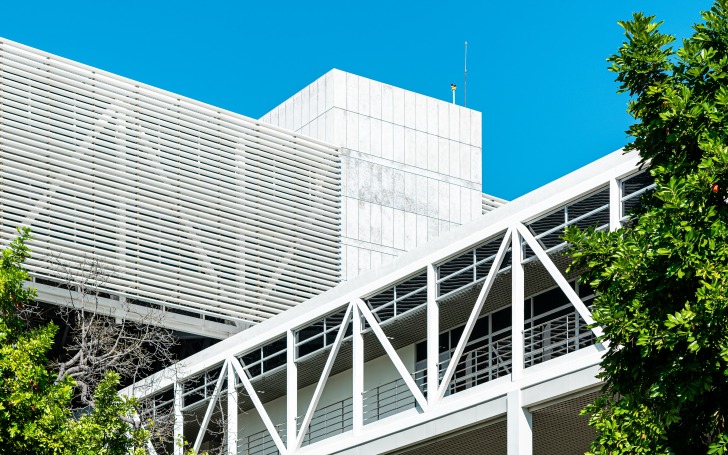
Pros and Cons of Living in Jamaica – Summary Table
| Pros of Living in Jamaica | Cons of Living in Jamaica |
|---|---|
| 1. Natural Wonders | 1. Limited Economic Diversity |
| 2. Strong Arts Community | 2. Public Safety |
| 3. Music | 3. Disparities in Employment |
| 4. Simple Political Subdivisions | 4. Limited Emergency Medical Infrastructure |
| 5. Healthcare | 5. Public Transportation Limitations |
| 6. Jamaican Cuisine | 6. Hurricanes |
| 7. Birds and Wildlife | |
| 8. Fishing | |
| 9. Free Public Primary School |
Jamaica Safety Overview
READ THE FULL REPORT: Jamaica Safety Review
Safety Index: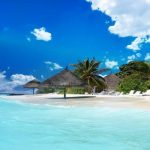
- OVERALL RISK: MEDIUM
- TRANSPORT & TAXIS RISK: MEDIUM
- PICKPOCKETS RISK: HIGH
- NATURAL DISASTERS RISK: MEDIUM
- MUGGING RISK: HIGH
- TERRORISM RISK: LOW
- SCAMS RISK: MEDIUM
- WOMEN TRAVELERS RISK: MEDIUM
Frequently Asked Questions
How safe is Jamaica?
Jamaica currently has the world’s highest homicide rate.
Seventy percent of its murders arise from gang activity.
How much do Jamaicans pay when they go to public hospitals and clinics?
Jamaica eliminated out-of-pocket healthcare costs in 2008.
As a result, Jamaicans receive free medically necessary health exams from their primary physicians, and prescription medications, family planning, physical therapy, dialysis, and cancer treatment are among the services they can receive.
How many bird species will you find only in Jamaica?
Twenty-eight bird species, found nowhere else, make Jamaica home, including the national bird — the red-billed streamertail.
Which two official taxi services can you safely use in Jamaica?
Look for the logos of the Jamaica Union of Travelers Association (JUTA) or Jamaica Co-operative Automobile & Limousine Tours (JCAL).
What Jamaican foods should you try while visiting or living here?
Bammy, Toto, Jamaican Black Fruit Cake, ackee and saltfish, curried goat, and sorrel drinks are must-try dishes.
Which musical genres will you experience in Jamaica?
You will hear mento, reggae, ska, calypso, gospel, and dancehall/DJ.
Besides Bob Marley, what other modern singer found fame outside Jamaica?
Shabba Ranks of the dancehall/DJ tradition.
Do you need a fishing license to fish from shore using a pole and line in Jamaica?
No, nor do you need a permit to fish from a pond located on a single private property.
All other types of fishing require a fishing license carried on your person.
What is the fine for fishing without the correct license?
You will pay up to a $10,000 fine.
When did Jamaican artists take control of how ordinary and when to portray Jamaican people and daily life in their work?
Artists in Jamaica began representing traditional activities and people in 1930.
How many full-service emergency care centers will you find in Jamaica?
Unfortunately, only two centers — one in Kingston and one in Montego Bay — provide comprehensive emergency care.
Do Jamaicans pay for primary school?
No, Jamaican children attend free, compulsory primary school from age 6 through 12.
What costs frequently lead lower-income Jamaicans to drop out of secondary school?
Jamaican families must pay for uniforms, school lunches, transportation, teaching materials, registration, examination, and school maintenance fees.
How does high youth unemployment affect Jamaican life?
The youth unemployment rate of 17.7 percent leaves teens and young adults with few opportunities and too much idle time.
In addition, gang activity contributes heavily to Jamaica’s terrible crime statistics.
What natural wonders should every visitor to Jamaica make an effort to see?
Jamaica boasts waterfalls, caves, lagoons, and coral reefs.
What types of fish inhabit Jamaican waters?
You can catch blue and white marlin barracuda, amberjack, King mackerel, grouper, mahi-mahi, tuna, wahoo, and flounder.
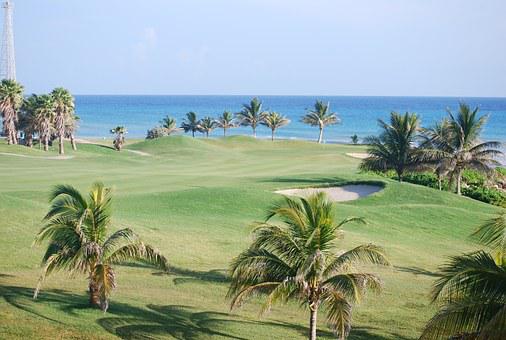
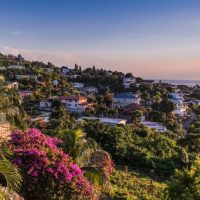
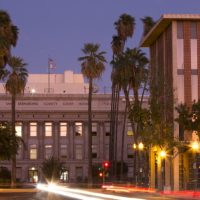


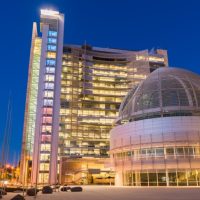
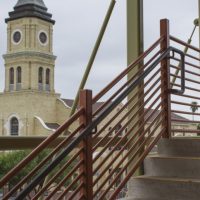





i think this was really helpful for me trying to get to know Jamaica